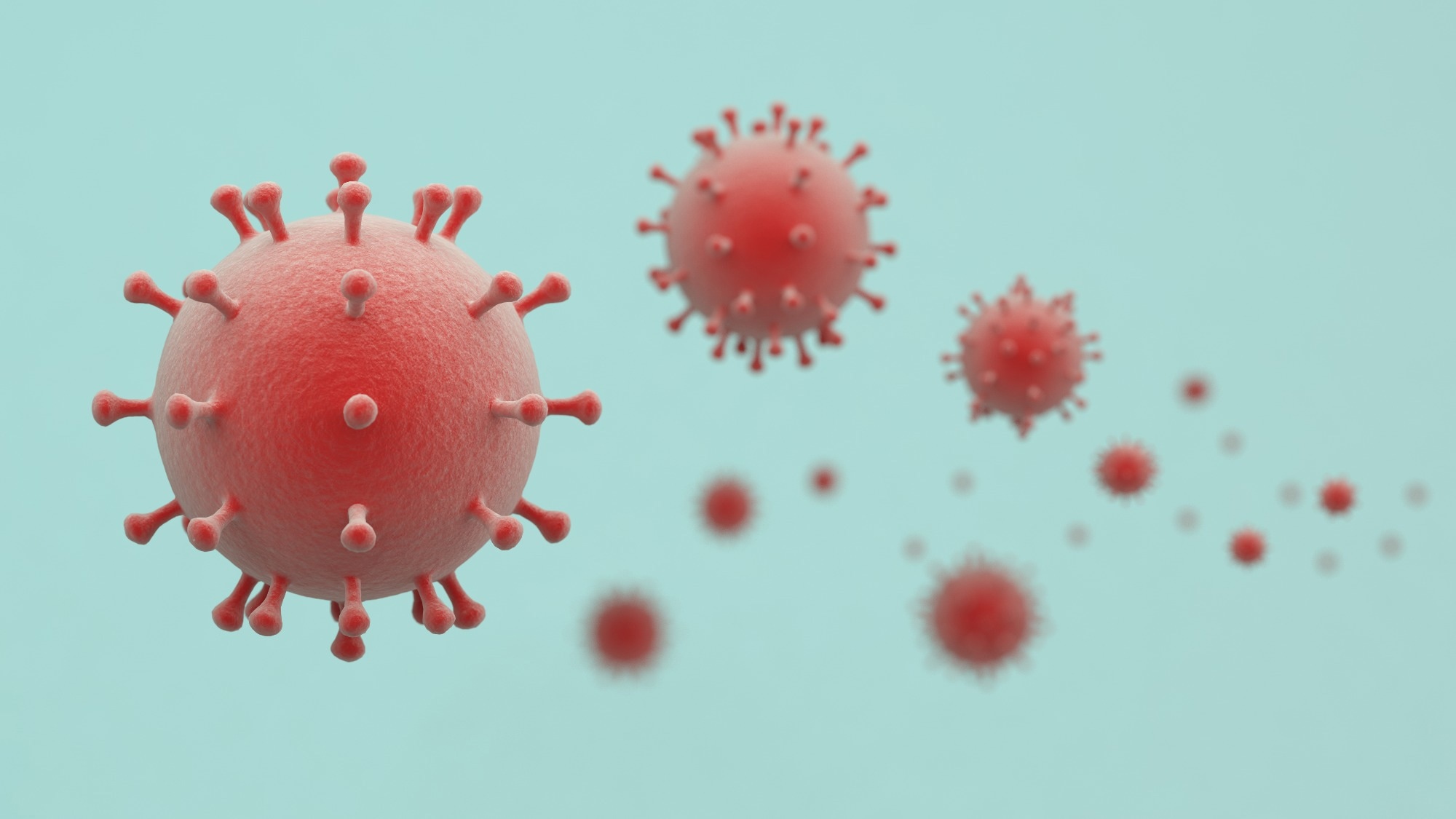Infection
People living with HIV respond well to COVID-19 infection and vaccination
A recent study published in Frontiers in Immunology examines the antibody response to natural infection or coronavirus disease 2019 (COVID-19) vaccination in individuals living with human immunodeficiency virus (HIV) infection.
Study: Despite delayed kinetics, people living with HIV achieve equivalent antibody function after SARS-CoV-2 infection or vaccination. Image Credit: Oselote / Shutterstock.com
Introduction
Current estimates indicate that two of every three people living with HIV (PLWH) reside in sub-Saharan Africa, many of whom are not receiving effective treatments. The risk of severe acute respiratory syndrome coronavirus 2 (SARS-CoV-2) infection in PLWH is over three-fold higher than others, with these individuals also at an increased risk of developing severe or fatal COVID-19.
Chronic infection with HIV, because of the impaired immune function in these individuals, could leading to the mutation of SARS-CoV-2 and the emergence of new variants of concern (VOC). This is another major concern among public health scientists who fear that these patients could serve as reservoirs of SARS-CoV-2.
Earlier research has shown reduced binding and neutralizing antibody responses following SARS-CoV-2 infection in PLWH with HIV in their bloodstream. In fact, severe COVID-19 induces higher antibody responses in PLWH, similar to that observed in people without HIV (PWOH). However, this response is lower among those with mild disease not requiring hospitalization.
Nucleic acid and adenovirus vector COVID-19 vaccines produce similar binding and neutralizing antibody responses in PLWH and PWOH. However, these responses are higher in individuals with well-controlled HIV on antiretroviral therapy (ART) as compared to those who are not being treated. Nevertheless, those on ART may require booster vaccine doses to improve their antibody responses.
Antibodies effectively neutralize viral particles; however, they also induce the destruction of infected cells when the Fc region of the antibody binds to the Fc receptors on the cell or complement proteins. This interaction leads to Fc-dependent effector functions such as antibody-dependent cellular cytotoxicity (ADCC), cellular phagocytosis (ADCP), cellular trogocytosis (ADCT), and complement deposition (ADCD).
Fc effector functions are important in reducing the severity of SARS-CoV-2 infection, lower mortality rates, differential imprinting by SARS-CoV-2 VOCs, durable activity as compared to neutralization, and for optimizing the protection associated with monoclonal antibody treatment. However, these functions have not been well characterized in PLWH.
The current study explores Fc-effector functions in unvaccinated PLWH and PWOH who were hospitalized due to COVID-19. Infections within this cohort were caused by SARS-CoV-2 D614G or Beta variants. The comparison group comprised similarly infected hospitalized PLWH and PWOH who had received the adenovirus vector ChAdOx1 vaccine.
What did the study show?
Antibody responses were reduced in PLWH with COVID-19 who were not on ART. SARS-CoV-2 spike-binding immunoglobulin G (IgG) and neutralizing antibodies showed comparable magnitudes for both variants and in both PLWH and PWOH.
Fc-effector responses to the spike antigen were comparable, irrespective of HIV status; however, the variant responsible for the infection produced slightly different Fc-dependent responses. More specifically, the Beta VOC produced lower Fc-mediated responses in PLWH due to lower FcγRIIIa binding, which modulates ADCC.
Antibody kinetics also varied with the VOC and HIV status. In particular, ADCP and neutralization occurred more slowly in PLWH after D614G infection; however, antibody responses increased in magnitude. Antibody responses were more coordinated in PLWH as compared to PWOH, which may account for the similarity in COVID-19 severity and mortality in both PLWH and PWOH cohorts.
In the vaccinated cohort, PLWH exhibited slower binding IgG responses after the first dose; however, their antibody titers eventually rose after the second vaccine dose. Conversely, PLWH exhibited faster ADCC responses with a higher slope over time, thus leading to an increased level by day 28 in PLWH after vaccination as compared to PWOH.
ADCC activity remained high at 180 days. This durable increase in both binding antibody and ADCC responses could be due to the delayed onset of the antibody response.
What are the implications?
Overall, despite early delays in some antibody functions following infection or vaccination, PLWH were able to elicit high levels of humoral immune responses similar to PWOH.”
PLWH who are not on ART are at high risk for a lowered immune antibody response following infection or vaccination.
Delayed antibodies responses to D614G infection but not the Beta varian may indicate that the immune response remains impaired, even in PLWH on ART. These impairments could increase the risk of reinfections or breakthrough infections, both of which are associated with a higher chance of COVID-19 progression and viremia. Importantly, vaccination against COVID-19 can mitigate these risks.
In addition to ART, the viral VOC and disease severity may also impact the antibody response, especially Fc effector function.
ChAdOx1 nCoV-19 vaccination in PLWH led to strong ADCC responses that were greater than those observed in PWOH after one dose and remained high at 180 days.
ADCC may be key to achieving a durable and broad immune response following vaccination in PLWH. This hypothesis is based on the characteristics observed in vaccinated PWOH, where the ADCC response showed increased ability to cross-react with the Delta VOC and outlasted both binding and neutralizing antibody responses.
These data highlight the importance of rapid ART rollout and support the current SARS-CoV-2 vaccine implementation strategies in PLWH.”

